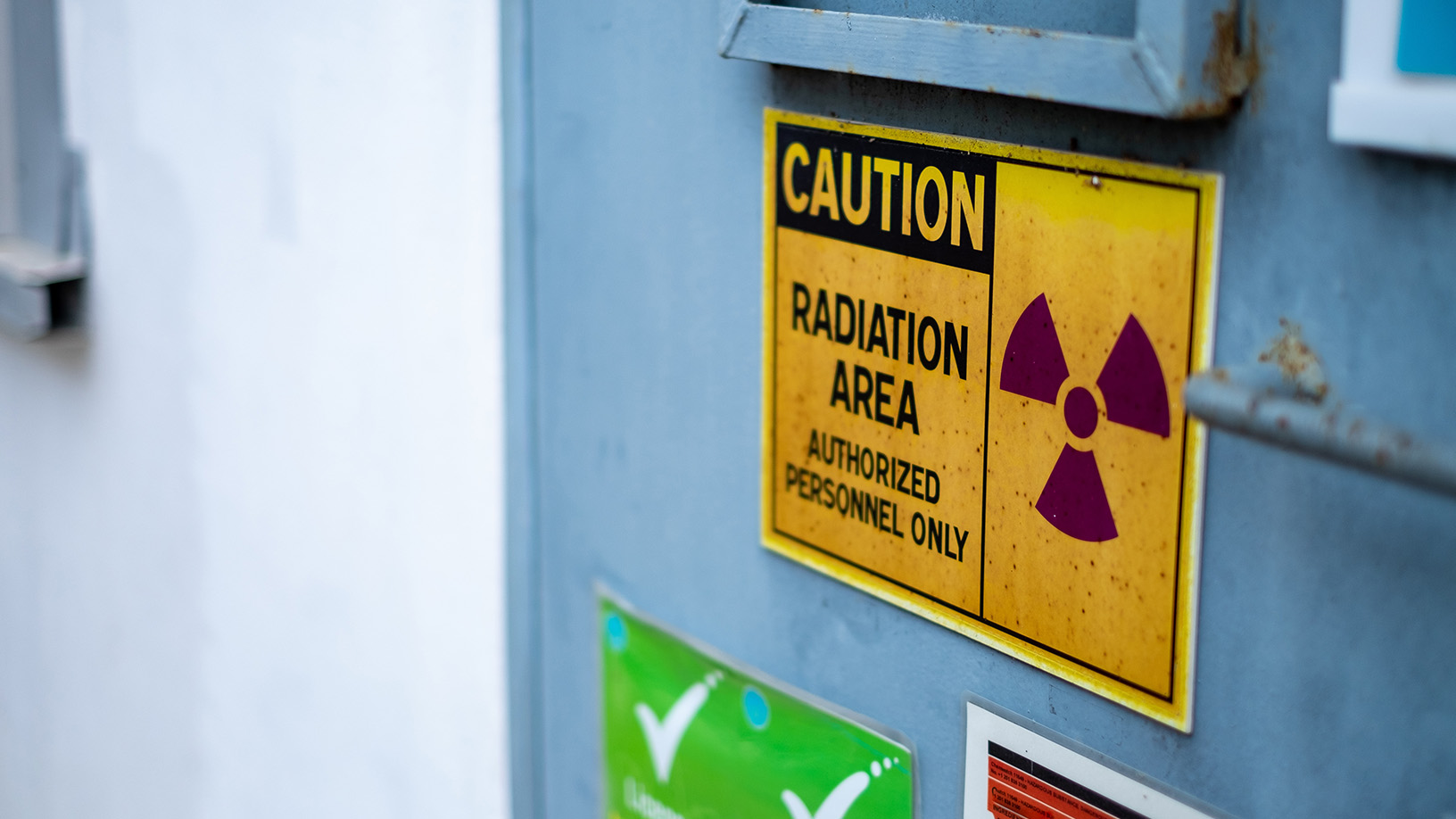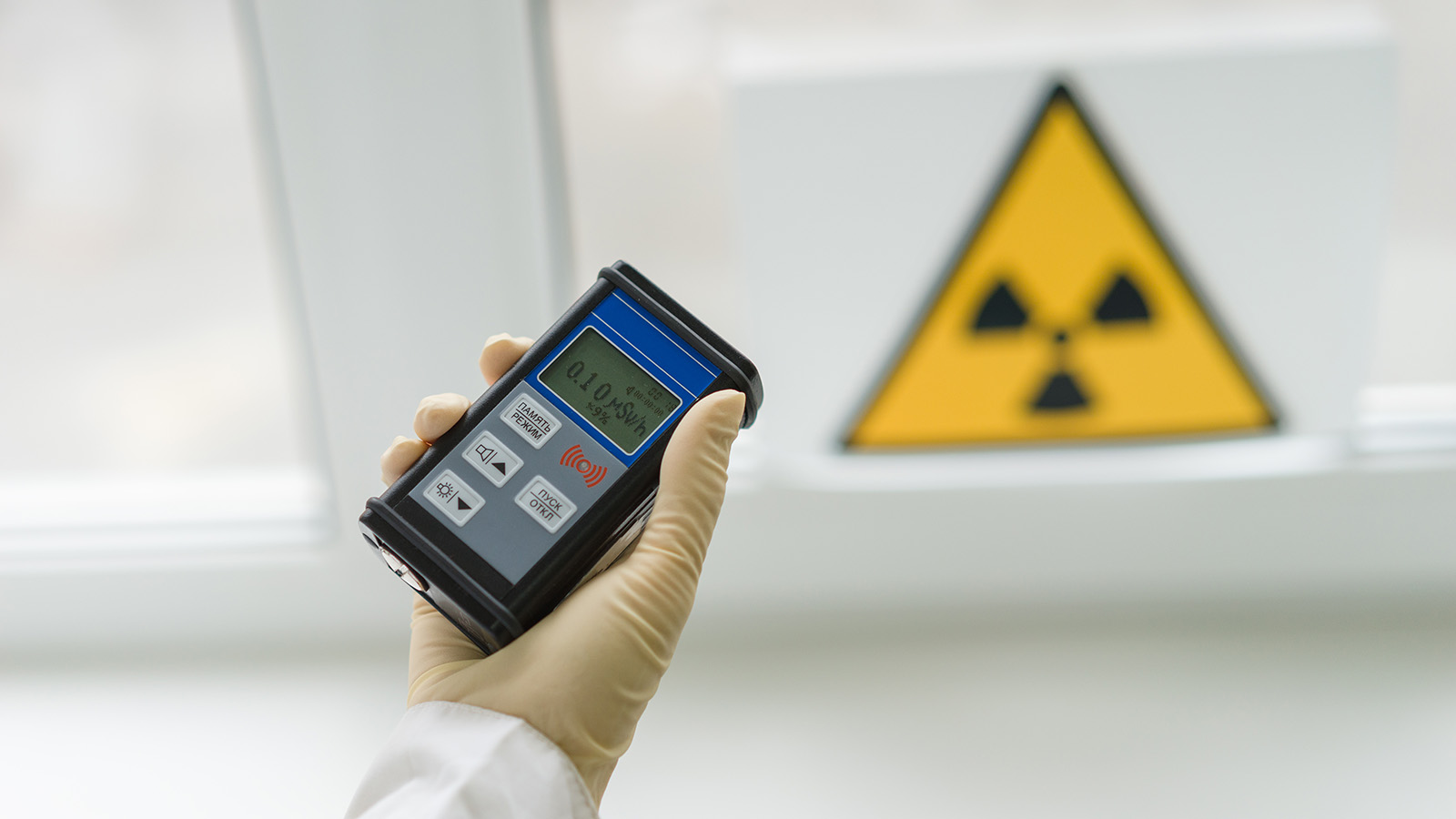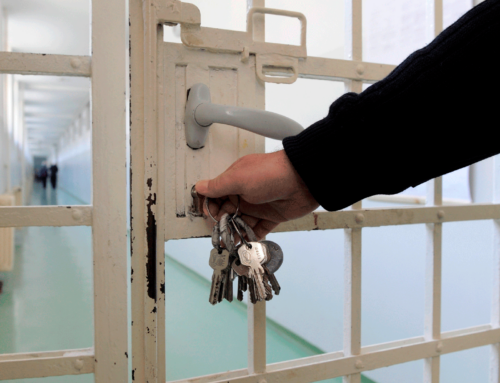The Radiation and Nuclear Safety Authority (STUK) moved from SMS-based alarm systems to Secapp’s critical communication and alarm system in early 2020. Its reliability, ease of use and security have convinced the personnel using the system. Information exchange will now be ensured between STUK and its collaborators during all situations.

Reliable and easy-to-use crisis communication system ensures nuclear safety in the event of an alarm
The Radiation and Nuclear Safety Authority was relying on various SMS-based systems for communication and alarms, but a few years ago, they began to reach the end of their life cycle, both technically and operationally. STUK decided to look into alternative solutions on the market, especially ones suited for critical communications and acute alarms.
“We selected Secapp because it was the most functional, safest, and cost-effective solution for our needs. Secapp is overall a good solution for organizations that may need to alert and summon staff suddenly”, says STUK’s Senior Inspector of Emergency Preparedness Services Antero Kuusi.
The most important criterion for choosing Secapp was reliability: its emergency messages are sure to reach recipients even through silent mode and will cover STUK’s entire 350-head staff if necessary. In addition, Secapp’s system is easy and secure to use, so messages will reach the right people even under pressure in critical situations.
The cost was another thing to consider. Secapp’s SaaS service keeps overall costs at a reasonable level, while SMS-based systems can cause a significant hike in price if there’s a constant need to send large volumes of messages.
“Our expectations for the Secapp system have been fully met. Our staff knows what the system is for and how it works. Secapp’s introduction went smoothly as well, as we were able to, for example, transfer our existing contact lists directly into Secapp.”
A clear overview of emergency messages
The Radiation and Nuclear Safety Authority is the authority overseeing radiation and nuclear safety in Finland.
The Secapp system saw its first practical utilization on the 10th of December, 2020, as the system alerted STUK staff of a state of emergency at the Olkiluoto 2 nuclear plant. The alarm was genuine, but the situation didn’t end up necessitating action.
STUK regularly simulates real alarm situations in emergency drills so staff can operate efficiently and correctly when an actual emergency arises. Initial organization and creating a clear picture of the situation through Secapp is vital, especially if an alarm happens outside of business hours.
“In case of an alarm, our on-duty staff member is the first to know. They will then alert other staff through Secapp if needed. Our organization is divided into six operational groups, each with their messaging group in Secapp. Through Secapp, we can effectively communicate about things like who will be on site and what tasks can be carried out remotely”, Kuusi describes.
Luckily, emergencies are a rarity. That’s why STUK also utilizes Secapp for things other than acute communications in its daily operations. Secapp’s data-secure environment provides a platform to discuss current issues both during office hours and in the staff’s free time.

Crisis communication across organizational boundaries – security first
Thanks to Secapp’s versatile system, STUK can communicate across organizational boundaries when needed. STUK maintains an active dialogue with its main collaborators.
“In an emergency like a nuclear accident, spread forecasts are based on weather models and interpretation of uncertainties. That’s why it’s vital we can have direct communication with our collaborators in crises”, Kuusi emphasizes.
In the past, an expert from a collaborator would come to STUK’s office in person as needed, but now critical communication can be handled remotely in an efficient manner, thanks to Secapp. This enables immediate action, and no precious time is wasted waiting.
STUK also has a volunteer radiation measurement crew with its messaging group in Secapp. The radiation measurement crew operates like a volunteer fire department: it can be convened as needed and its activities can be organized via Secapp.
Secapp’s features are flexible for various needs
Secapp tailored the communication and alarm system to STUK’s individual needs. For example, Secapp’s alarm feature is integrated into STUK’s radiation safety monitoring, so it can send emergency messages automatically.
File transfer is now also possible via Secapp.
“Thanks to the file feature, each of STUK’s current on-duty officers can access updated instructions for various situations. It used to be a challenge to keep all instructions up-to-date and available to everyone”, Kuusi says.
STUK has not utilized Secapp for process modeling yet, but according to Kuusi, the next step could be to develop STUK’s operations management according to a hybrid model. Secapp would play an important part in this process.
“It is possible that in certain situations, some of our staff would be on-site at the response center in the traditional way while others could carry out communications activities elsewhere. This would make it possible to launch critical measures faster than before”, Kuusi says.
Want to hear more? Contact:
Janne Mylläri
Senior Sales Manager, Public Administration and Critical Infrastructure
janne.myllari@secapp.fi
+358 50 696 66
Text: Nelli Leppänen
The Radiation and Nuclear Safety Authority (STUK) moved from SMS-based alarm systems to Secapp’s critical communication and alarm system in early 2020. Its reliability, ease of use and security have convinced the personnel using the system. Information exchange will now be ensured between STUK and its collaborators during all situations.

Reliable and easy-to-use crisis communication system ensures nuclear safety in the event of an alarm
The Radiation and Nuclear Safety Authority was relying on various SMS-based systems for communication and alarms, but a few years ago, they began to reach the end of their life cycle, both technically and operationally. STUK decided to look into alternative solutions on the market, especially ones suited for critical communications and acute alarms.
“We selected Secapp because it was the most functional, safest, and cost-effective solution for our needs. Secapp is overall a good solution for organizations that may need to alert and summon staff suddenly”, says STUK’s Senior Inspector of Emergency Preparedness Services Antero Kuusi.
The most important criterion for choosing Secapp was reliability: its emergency messages are sure to reach recipients even through silent mode and will cover STUK’s entire 350-head staff if necessary. In addition, Secapp’s system is easy and secure to use, so messages will reach the right people even under pressure in critical situations.
The cost was another thing to consider. Secapp’s SaaS service keeps overall costs at a reasonable level, while SMS-based systems can cause a significant hike in price if there’s a constant need to send large volumes of messages.
“Our expectations for the Secapp system have been fully met. Our staff knows what the system is for and how it works. Secapp’s introduction went smoothly as well, as we were able to, for example, transfer our existing contact lists directly into Secapp.”
A clear overview of emergency messages
The Radiation and Nuclear Safety Authority is the authority overseeing radiation and nuclear safety in Finland.
The Secapp system saw its first practical utilization on the 10th of December, 2020, as the system alerted STUK staff of a state of emergency at the Olkiluoto 2 nuclear plant. The alarm was genuine, but the situation didn’t end up necessitating action.
STUK regularly simulates real alarm situations in emergency drills so staff can operate efficiently and correctly when an actual emergency arises. Initial organization and creating a clear picture of the situation through Secapp is vital, especially if an alarm happens outside of business hours.
“In case of an alarm, our on-duty staff member is the first to know. They will then alert other staff through Secapp if needed. Our organization is divided into six operational groups, each with their messaging group in Secapp. Through Secapp, we can effectively communicate about things like who will be on site and what tasks can be carried out remotely”, Kuusi describes.
Luckily, emergencies are a rarity. That’s why STUK also utilizes Secapp for things other than acute communications in its daily operations. Secapp’s data-secure environment provides a platform to discuss current issues both during office hours and in the staff’s free time.

Crisis communication across organizational boundaries – security first
Thanks to Secapp’s versatile system, STUK can communicate across organizational boundaries when needed. STUK maintains an active dialogue with its main collaborators.
“In an emergency like a nuclear accident, spread forecasts are based on weather models and interpretation of uncertainties. That’s why it’s vital we can have direct communication with our collaborators in crises”, Kuusi emphasizes.
In the past, an expert from a collaborator would come to STUK’s office in person as needed, but now critical communication can be handled remotely in an efficient manner, thanks to Secapp. This enables immediate action, and no precious time is wasted waiting.
STUK also has a volunteer radiation measurement crew with its messaging group in Secapp. The radiation measurement crew operates like a volunteer fire department: it can be convened as needed and its activities can be organized via Secapp.
Secapp’s features are flexible for various needs
Secapp tailored the communication and alarm system to STUK’s individual needs. For example, Secapp’s alarm feature is integrated into STUK’s radiation safety monitoring, so it can send emergency messages automatically.
File transfer is now also possible via Secapp.
“Thanks to the file feature, each of STUK’s current on-duty officers can access updated instructions for various situations. It used to be a challenge to keep all instructions up-to-date and available to everyone”, Kuusi says.
STUK has not utilized Secapp for process modeling yet, but according to Kuusi, the next step could be to develop STUK’s operations management according to a hybrid model. Secapp would play an important part in this process.
“It is possible that in certain situations, some of our staff would be on-site at the response center in the traditional way while others could carry out communications activities elsewhere. This would make it possible to launch critical measures faster than before”, Kuusi says.
Want to hear more? Contact:
Janne Mylläri
Senior Sales Manager, Public Administration and Critical Infrastructure
janne.myllari@secapp.fi
+358 50 696 66
Text: Nelli Leppänen






